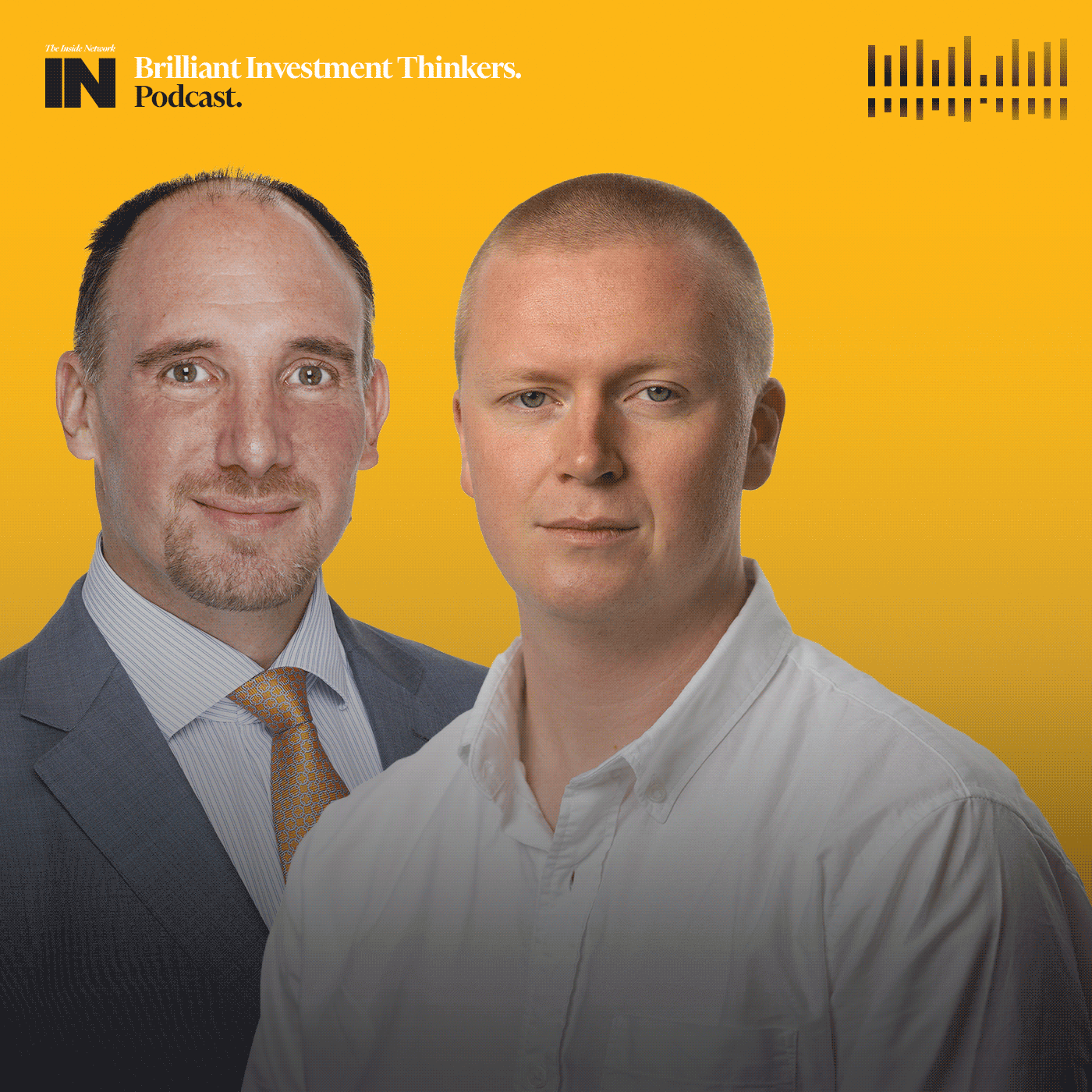How the market beats economic forecasts
Research Affiliates has taken the study of factor timing to a user-friendly new level through a paper which argues that the market’s momentum and valuation are good predictors of economic influences.
The paper, by Mike Aked, director of research for Australia, shows that a strategy based on a factor’s discount to historical averages of value and the momentum of price movements is the most effective tool to determine a factor’s exposure through time.
The paper, ‘Factor Timing: Keep it Simple‘, explores further the previous work by the author on the relationship between factor returns and the economy and how factor returns vary over the business cycle.
In the latest work, Aked looks at three factor strategies and eight different factors. The strategies are: using historical factor returns; using the stage of the economic cycle; and, using a factor’s market discount (valuation) and momentum.
The first strategy, using a factor’s historical returns, is “virtually worthless”, the paper says. The second, observing the stage of the cycle, is “intuitively pleasing” but requires some predictive ability to alter factor allocations, say, through ‘nowcasting’ from interim figures. The third strategy, using valuation and momentum, is both the simplest and best.
The paper says: “We find that the economic stage six months ahead influences factor returns. Accurately predicting what that stage will be is difficult, however, given current economic forecasting tools.
“Until economic-prediction models can be improved, we find that information gained by estimating the economic stages is already incorporated in a factor’s discount and momentum.”
While keeping track of the economy is an important part of the overall investment process, the most important element in factor investing strategies is maintaining a close link to a factor’s discount and momentum.
Aked says that incorporating information on the various economic stages “sure beats relying on factors’ historical returns”, but it is a complicated process.
“The Research Affiliates investing approach is based on building simple rules-based fac tor portfolios. Our experience suggests that the less complicated option of using an investment’s discount and momentum… can yield better results.”
For the research, a factor portfolio’s discount is calculated as its current valuation – using various price to fundamental measures – relative to average historical valuation. Momentum is calculated as the performance of the factor over the previous 12 months. Aked says: “Thus, although alluring to default to an investment approach based on the economic stage of an economy, it seems to be a siren’s song. By focusing on a much more parsimonious approach of basing a dynamic factor strategy on a factor’s valuation and momentum, investors should be able to generate far more robust outcomes.”











